After decades of lawsuits, recovering Snake River salmon and steelhead is inching closer to reality. This week a series of meetings kick off in Washington to gather public input on the impacts of dam removal on the Lower Snake. In preparation, Rob Masonis, vice president for Western Conservation at Trout Unlimited, and Helen Neville, senior…
The decade of recovery
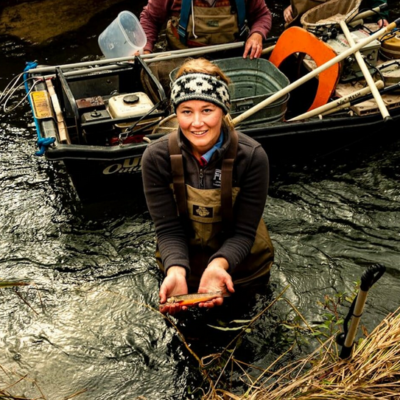
I often think of my life in decade intervals. The first ten years was the goofball phase; 11-20 years old involved anything with a ball; 21-30 was consumed by conservation—you get the idea. If we are lucky, we will get eight or nine of these opportunities to think about the new decade in front of…
Brown Bag: Bringing Back salmon and steelhead on the lower Snake River
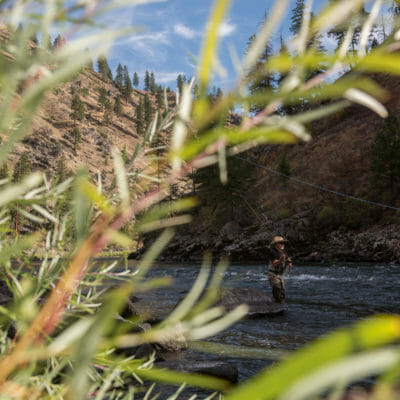
Join us January 6 for a brown bag discussion about bringing back fishable and resilient populations of salmon and steelhead to the lower Snake River. Presenters: Rob Masonis, vice president western conservation, Trout Unlimited Helen Neville, senior scientist, Trout Unlimited When: Jan. 6, 12 pm PST Register in advance: Email sstephenson@tu.org for call in info For…
The Salmon Superhighway
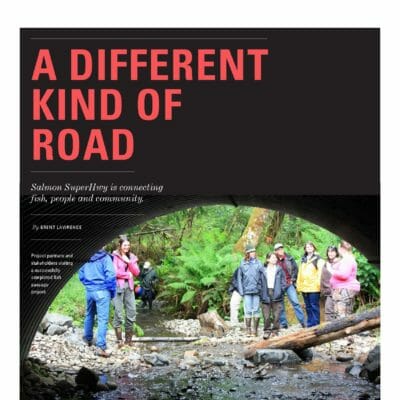
On the north coast of Oregon, six major river systems spanning 940 square miles that drain into Tillamook and Nestucca bays provide a historic opportunity for science, collaboration between landowners, resource agencies and other stakeholders, and joint efforts of volunteers and professionals to come together to reconnect productive habitat for six species of anadromous (ocean-going)…
Central Coast Striped Bass Survey
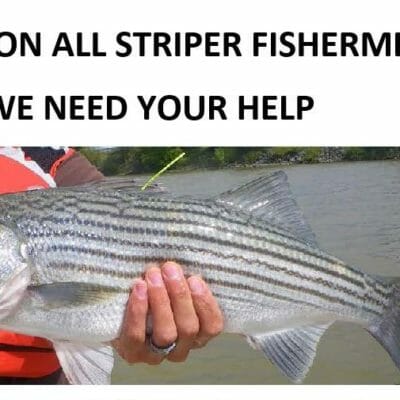
By Tim Frahm California’s central coast once produced a lot of wild steelhead. Steelhead were a staple food for the labor force that built some of the state’s famed Spanish missions over 200 years ago. Today, however, central coastal steelhead are threatened. Trout Unlimited, through our Golden Gate and Steinbeck Country chapters, is working with…
The ecology of multiple use
Effective partnerships win The 2014 listing of the New Mexico Meadow Jumping Mouse as a federally endangered species caused the closure of an expansive meadow along the Rio Cebolla to all uses – camping, fishing and especially grazing. As a gathering pasture in the spring and fall, the meadow was critical to the operations of…
Lake trout on the decline in Yellowstone Lake
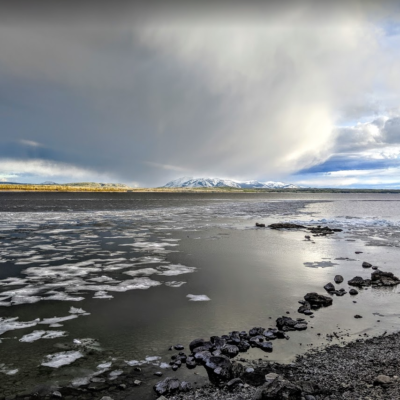
National Park Service removed more than 280,000 invasive fish in 2019 Yellowstone National Park and its crews of contracted gillnetters removed 282,960 invasive lake trout from Yellowstone Lake this summer, a slight dip from previous years, and a likely indication that overall lake trout numbers are shrinking. Nevertheless, there remains work to be done to…

